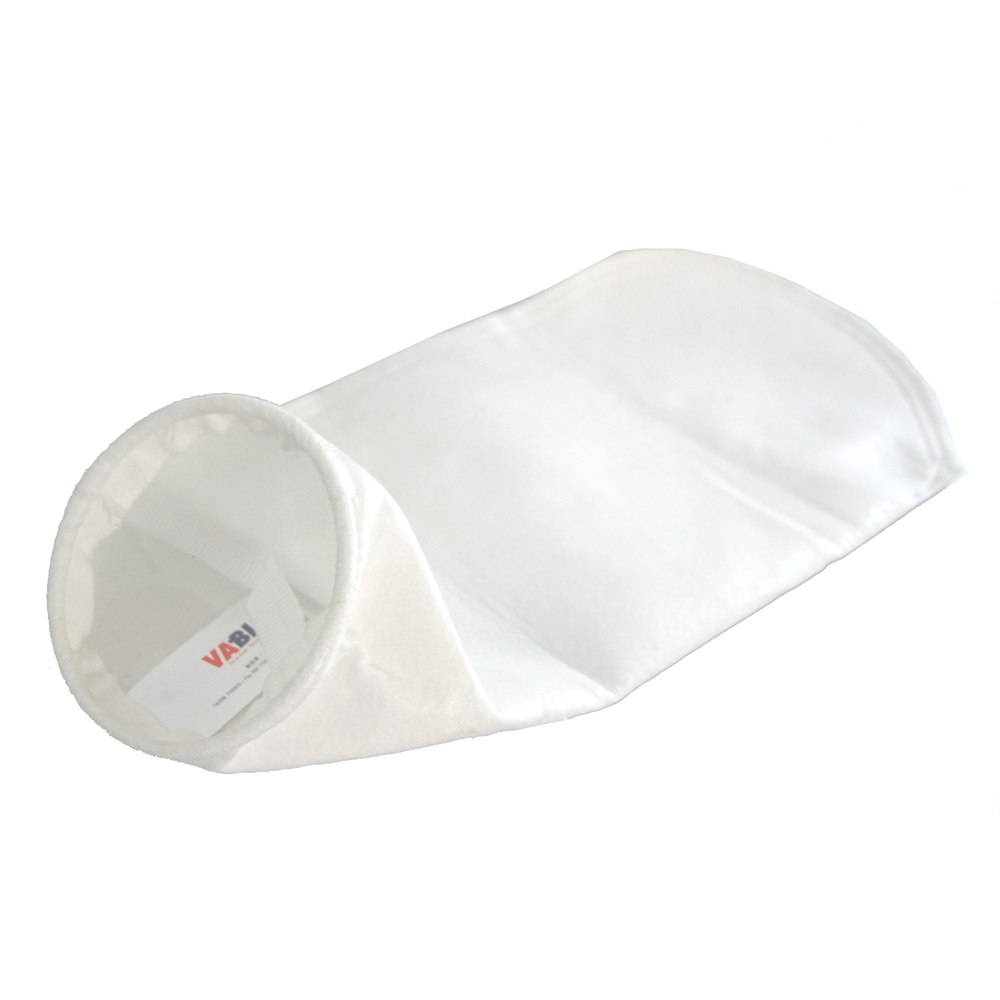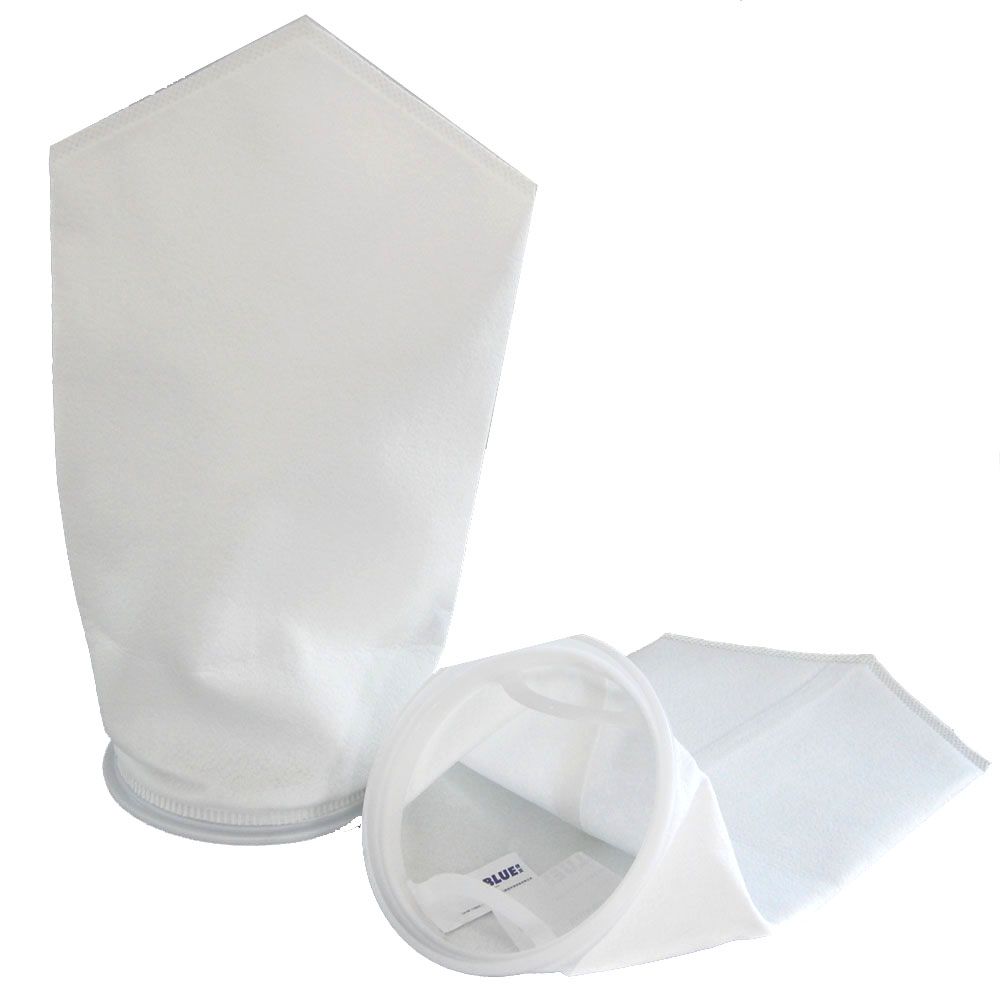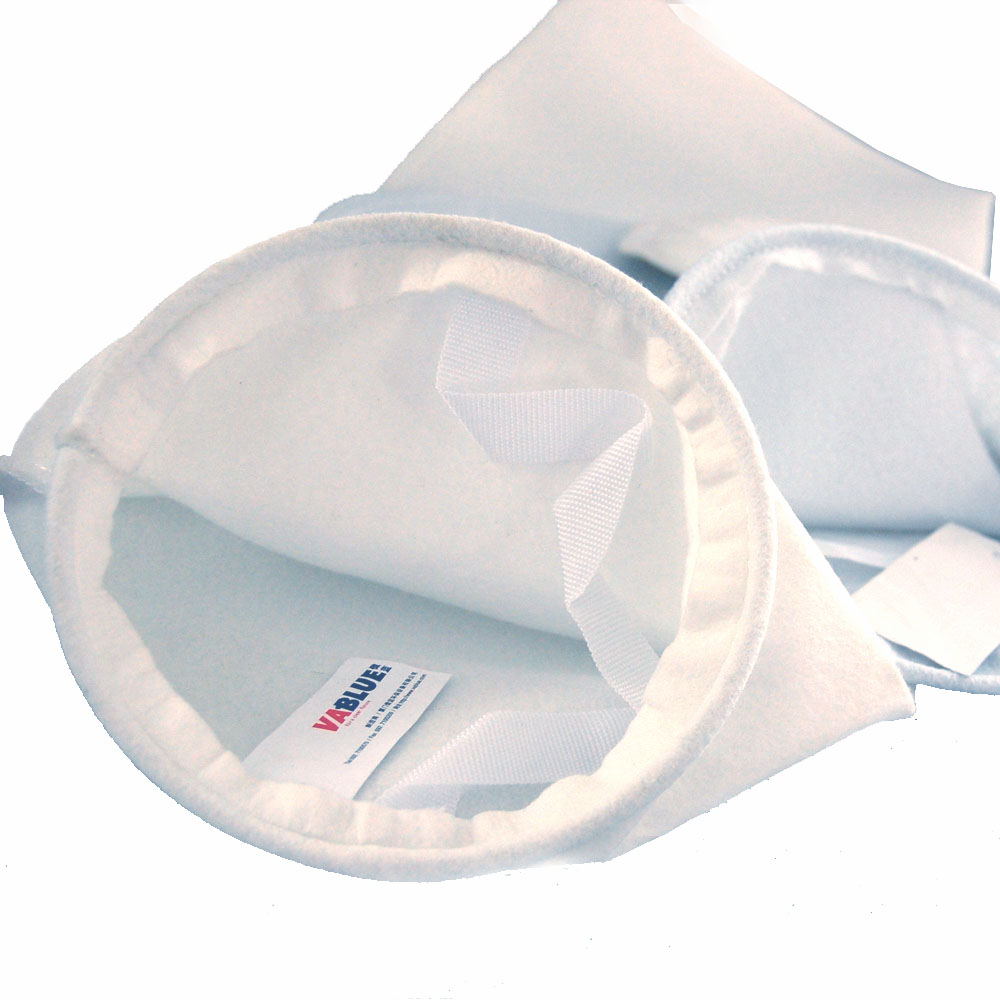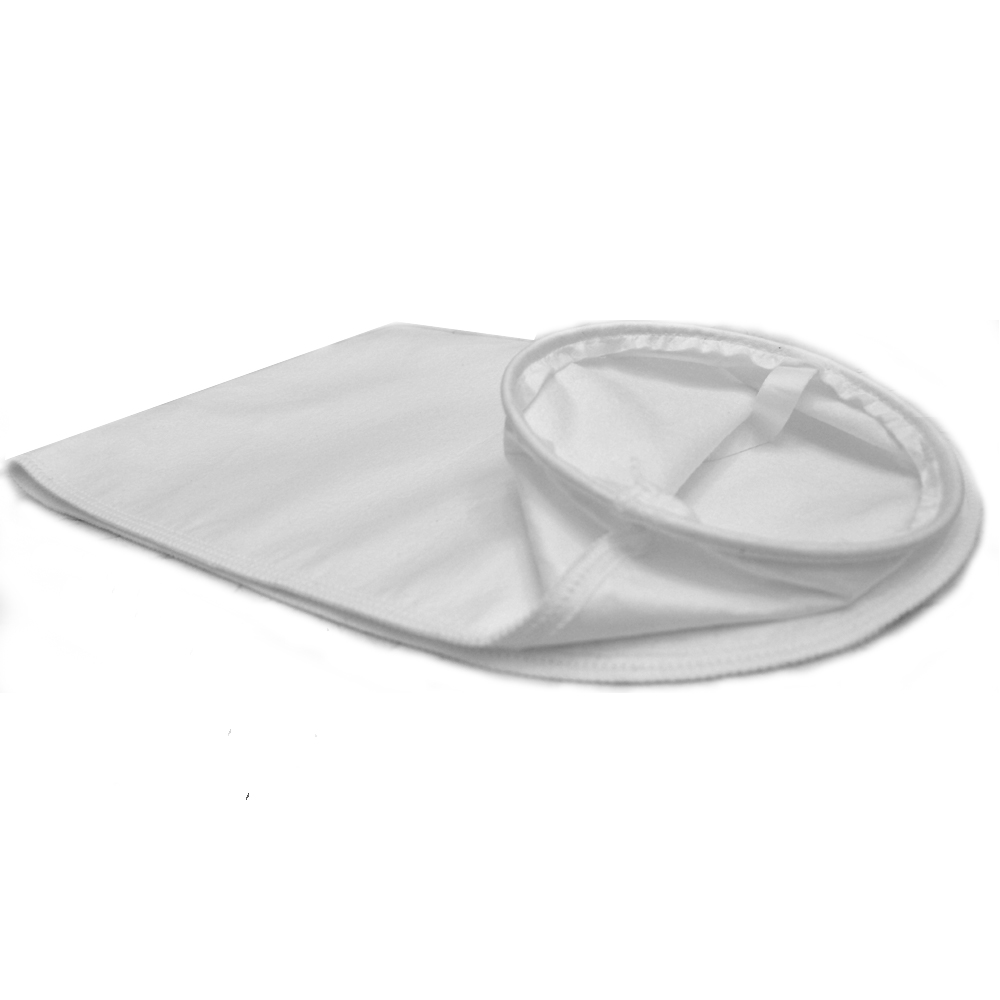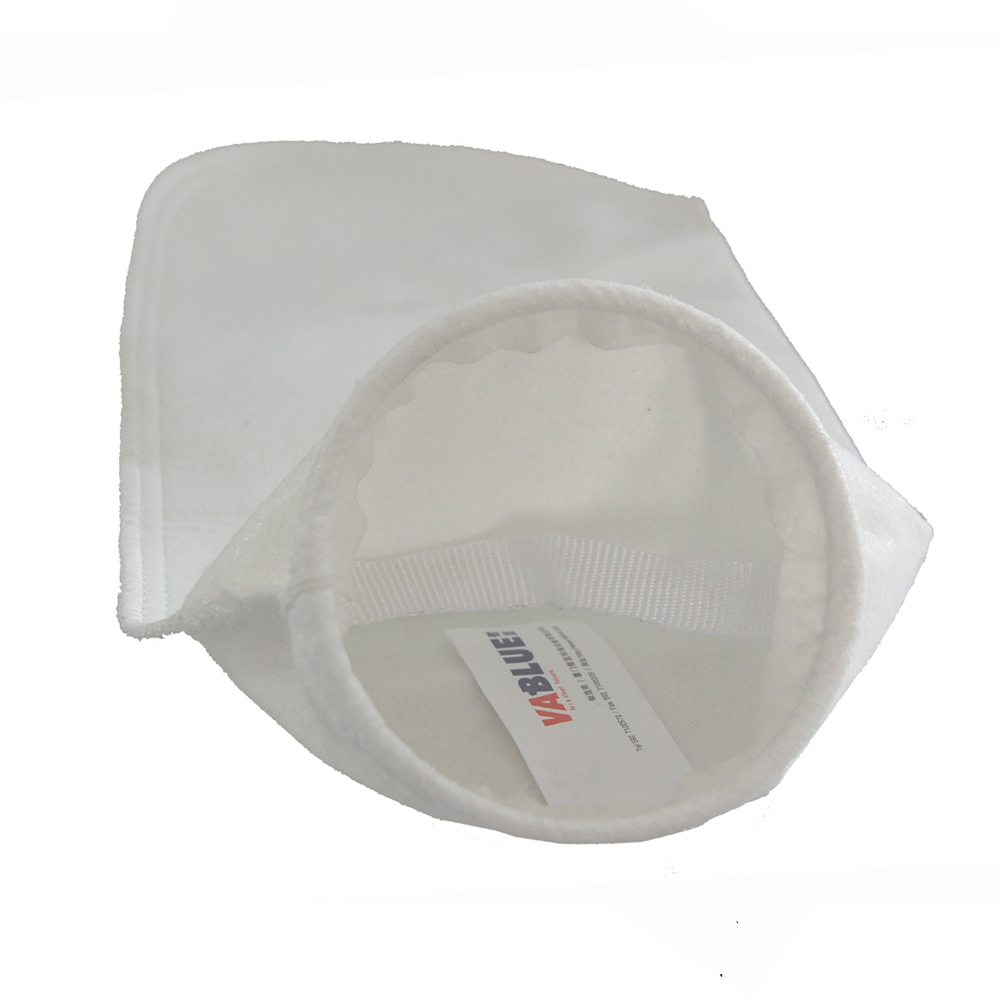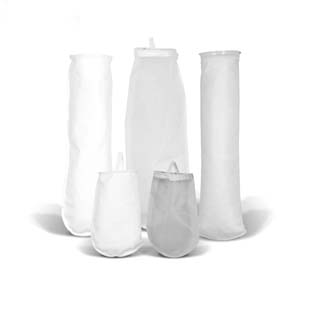Description
Overview
The operating temperature of polypropylene is 90 ℃ - 100 ℃. Polypropylene has good chemical properties, excellent hydrolysis resistance, high strength, good wear resistance, high elastic recovery and good insulation performance, which can replace PE in some occasions
PP has good chemical stability, in addition to being eroded by concentrated sulfuric acid and concentrated nitric acid, it is relatively stable to other chemical reagents and has good anti-corrosion effect. However, aliphatic hydrocarbons and aromatic hydrocarbons with low molecular weight can soften and swell PP.
Product Features
Acid and alkali resistant
Cost effective
Technical Parameter and Size
Standard size
Filter Area (m2) | Diameter (mm) | Length (mm) | Recommended Flow Rate (m3/ h) | |
1# | 0.24 | 178 | 420 | 10 |
2# | 0.48 | 178 | 810 | 20 |
3# | 0.08 | 102 | 230 | 3 |
4# | 0.16 | 102 | 410 | 6 |
Temperature and chemical resistance
Temperature Resistance | Chemical Compatibility | |
Polypropylene | < 90℃ | S.Acid / W.Acid / W.Alkali / S.Alkali |
Polyester | < 140℃ | W.Acid / Solvent |
Meta-Aramid | < 220℃ | W.Acid / W.Alkali / S.Alkali / Solvent |
PTFE | < 240℃ | S.Acid / W.Acid / W.Alkali / S.Alkali / Solvent |
Example: PO-10-P02B represents needled felt filter bag, micron rating of 10um, with no cover, size 2 filter bag and NBR seal ring
Code | Micron Rating | Cover Layer | Size | Seal Ring |
PO- Polypropylene | 1 / 5 /10/25/50/100/200 um | P - Plain | 01 - No.1 | B - Beato Ring |
Application Area
Recycled Water Systems
Food
Gum Resin & Solvent
Chemical Processes
Powder Production and Filtration


